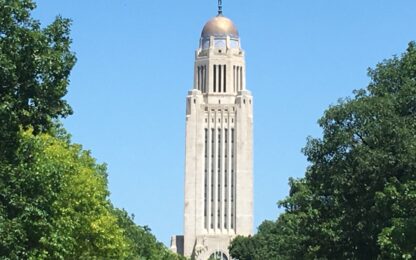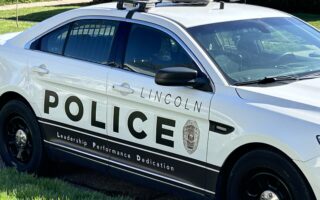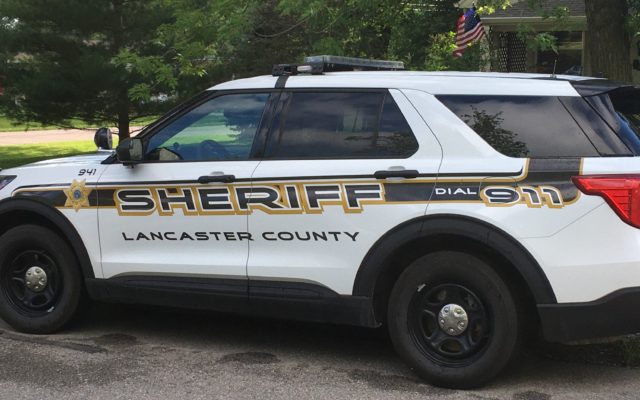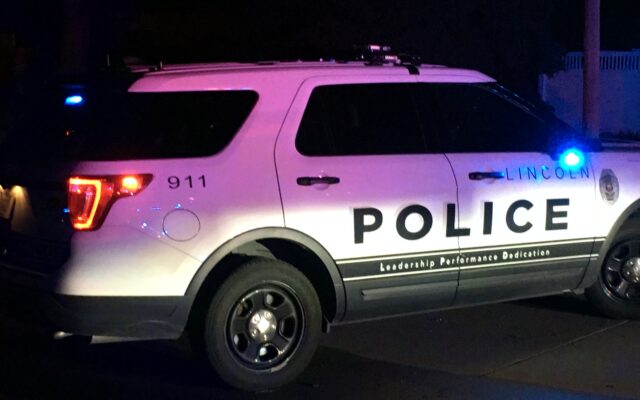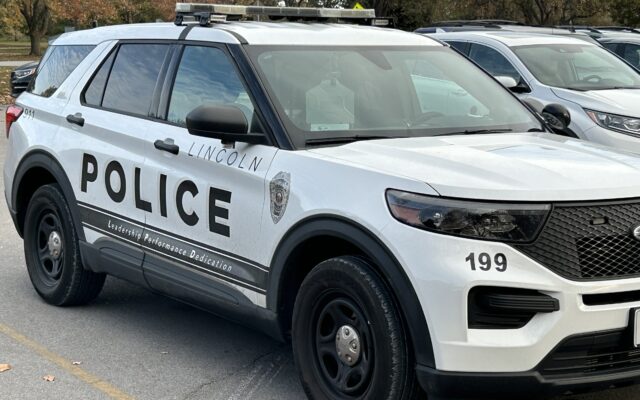TORNADO-TRACKING TEAM TO CONDUCT FIRST FIELD RESEARCH SINCE 2019

Lincoln, Nebraska, May 17, 2022 — A high-tech storm-chasing team led by Adam Houston, a University of Nebraska–Lincoln atmospheric scientist, departed Lincoln May 16 for its first field research season since 2019.
Through June 17, the 17-member TORUS team will be on the road across the Great Plains, from Texas to the Canadian border, tracking supercell thunderstorms known to spawn the most dangerous and long-lasting tornadoes.
The 2022 research session has added a new feature, delivering real-time data to the National Weather Service for use in forecasting. The information will be made available at a website for use by National Weather Service forecast offices throughout the region.
Funded by the National Science Foundation and the National Oceanic and Atmospheric Administration, the $4 million project’s goal is to improve public safety by reducing false alarms about when tornadoes will strike, Houston said.
“If we better understand storms in general, we can improve predictions,” he said.
The 17-member team was to be positioned at Salina, Kansas, May 16, and decide where it would go to intercept severe weather after a briefing mid-morning May 17. Each day’s location during the research session will be chosen with an eye toward positioning for storms the next day.
For more than 15 years, Houston has investigated the structure of supercell thunderstorms using coordinated observation technologies, including aircraft, radiosondes and lidar. The study requires driving and flying as close to potentially violent weather as safety allows.
“It is not possible to fully characterize and describe the structure of the storms in any other way,” Houston said. “That’s why no one has done it yet.”
The burst of tornadoes that killed 76 people in Kentucky in December 2021 demonstrated how important it is to understand the structure of supercell storms, which differ from ordinary thunderstorms in part because they are capable of spawning long-lasting, highly destructive tornadoes.
The supercell storms have become more common in Kentucky, and some published research indicates that “tornado alley” is moving east from states like Oklahoma, Kansas and Nebraska toward Kentucky, Alabama and Mississippi.
Since 2018, TORUS, which is an acronym for Targeted Observation by Radars and UAS of Supercells, has included scientific groups from the University of Nebraska–Lincoln, University of Colorado, Texas Tech University and the National Severe Storms Laboratory based at the University of Oklahoma.
The COVID-19 pandemic kept the team out of the field in 2020 and 2021. The interim allowed Houston and his team to review other recent research in the field. In December, the TORUS team held a focus group with 21 forecasters from the National Weather Service to learn more about the data needed to improve tornado forecasting. The TORUS team will follow up this season’s research by surveying Weather Service forecasters to learn if the information was helpful or if other data is needed.

